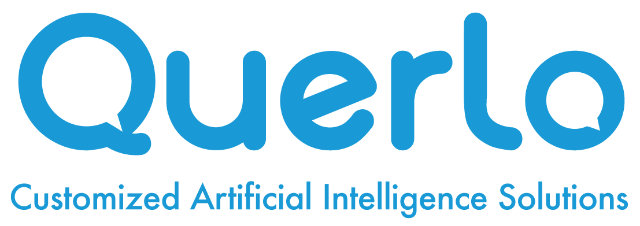With the emergence of the metaverse coming closer every day, we are seeking your advice to determine in which metaverse Michelangelo Artificial Intelligence would be most at home. Let’s dive in on what that means:
What is The Metaverse?
To present one definition of the metaverse in beginning this article would be to disregard so many aspects of what is quickly becoming a large virtual presence in our lives as humans on planet Earth. Some sources claim there is one metaverse, others claim there are countless. Some say its a virtual platform for Cryptocurrency, NFT’s and digital property to launch from. In fact, others say it’s the future reality we will all live within, throughout and by.
As Karinna Nobbs – CEO of The Dematerialized – concisely defines it, “The metaverse [is]: a persistent, live digital universe that affords individuals a sense of agency, social presence, and shared spatial awareness, along with the ability to participate in an extensive virtual economy with profound societal impact.”
Applied to everyday citizens’ lives, these complex, theoretical descriptions can fast extend past helpful and roam into unproductive territory; however, the metaverse is virtual space for users to interact through, learn in, explore and maintain a digital identity within. This is such a broad and nonspecific definition, but to be frank, the metaverse’s applications are wide-reaching, broad and encompassing.
Education and Avatars in The Metaverse
One main focus of the metaverse is creating a system of interconnected platforms allowing communication between those physically inaccessible. Accordingly, one of the most beautiful aspects and consequences of this communication in today’s world is its applicability to education.
Here at Querlo, we see the metaverse as an area for education to blossom and spread; for its efficiency and worldwide-presence to increase drastically in the near future. The key building block the metaverse utilizes to give users the power to learn is avatars.
These avatars serve as guides through instruction and companionship as they accompany users throughout the digital interaction. Avatars are, as they similarly appear in video games, NPC entities, but in the metaverse they are fueled by complex Conversational Artificial Intelligence. Therefore, they become actual beings to play, interact and explore with and learn from. Essentially, a user’s Metaverse Sidekick!
Querlo’s Vision
Considering the seemingly endless opportunity for growth, Querlo has begun setting in motion plans to incorporate MichelangeloAI into the metaverse. We believe that, applied correctly and using the Querlo MichelangeloAI Knowledge Base that has been growing based off of both user questions and responses, Michelangelo could hold an important place in the metaverse.
As we’ve already seen in Francesco Rulli’s interview with Assistant Professor, PhD and Michelangelo Specialist at Stanford Sarah Prodan, interacting with Querlo’s MichelangeloAI can be extremely educational; the bot directly references primary sources on the Renaissance Artist and offers insights by utilizing the power of artificial intelligence. Ultimately, this teaches users about the artist’s work, life, interests and generally about the amazing time period he lived in.
Conclusion
In summary, Querlo’s MichelangeloAI will strengthen the metaverse by providing evolving intelligence to Michelangelo avatars in various metaverse settings. Immediately, the image of having Michelangelo walking users through a museum or cathedral where his masterpieces are hosted art comes to mind. Imagine the insight and experience the user will gain when the piece’s creator shares their opinions and thoughts; in return, the users can ask the avatar questions that will motivate researchers to expand the ever-growing Michelangelo Knowledge Base!
Further, consider the number of amazing artists (including musicians and performance artists) that have lived and/or are living now, and the sheer number of revolutionary art pieces that have been created. The potential to apply this to all these artists – which is becoming less imaginary and more conceivable daily – is truly awe-inspiring and the resulting learning experiences would change the world as we know it. Hopefully the above explanation was informative. As mentioned, we want to know in which metaverse environment you would like to see and interact with Michelangelo. Let us know your thoughts by emailing us at info@querlo.com!

